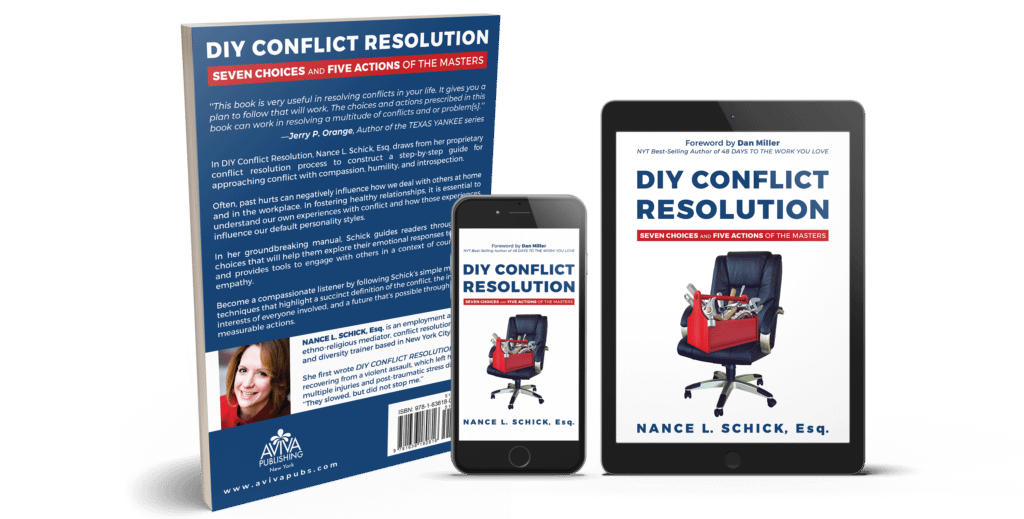We’ve all been there—faced with the enticing allure of a “great opportunity” presented by a charismatic salesperson. The pressure to make a quick decision can be overwhelming. This is the same feeling that often drives witnesses to guess at answers they think they should know. But as a seasoned professional, you know you have the power to redefine the narrative and make great decisions. Did you know you can use the Third Ear Conflict Resolution process to discern genuine value from costly purchase errors? Here’s how.
Action One: Define the Conflict
There is an inherent conflict in most sales conversations. For example, you and the salesperson might disagree about how urgently you need to commit payment to the sale of something you didn’t even consider “needing” until she called you. Additionally, she wants to make as much money as possible from your purchase, and you want to save as much as possible–whether in the short term with the purchase price or in the long term with value.
Action Two: Identify the Interests
The best sales people follow Zig Ziglar’s advice and get what they want by helping other people get what they want. Going into a sales conversation with this in mind, you can drive it in the direction you want to go–as long as you are also clear on your own interests:
- What result do you hope to achieve by buying this product or service?
- How will this affect your life?
- What is the life you really want?
- Can this product or service give you that?
- How will it produce it?
- At what costs, considering time, money, and energy?
- What happens if you don’t get the result(s) you want?
Action Three: Play with the Possibilities
Sales pitches are crafted to ignite possibilities, especially the possibility of you making a purchase. While the salesperson excels at presenting options, it’s essential to scrutinize promises. Be direct about what you want, need, and expect. Consider how this conversation would go if you could have it any way you want (including ended without a sale). There are probably many options available.
Action Four: Create the Future
Commit to thorough research before succumbing to the pressure of immediacy. Take the time to validate claims and assess the true value of the opportunity. Your commitment to due diligence becomes a shield against hasty decisions.
Action Five: Stay on PARR
Plan, Act, Revise, and Repeat, until you make the purchase and get the results you want. This includes the hiring process, by the way, because in that situation, you are buying services your business needs to produce results. Don’t settle for less than what you want and need, yet also make sure your expectations are reasonable.

